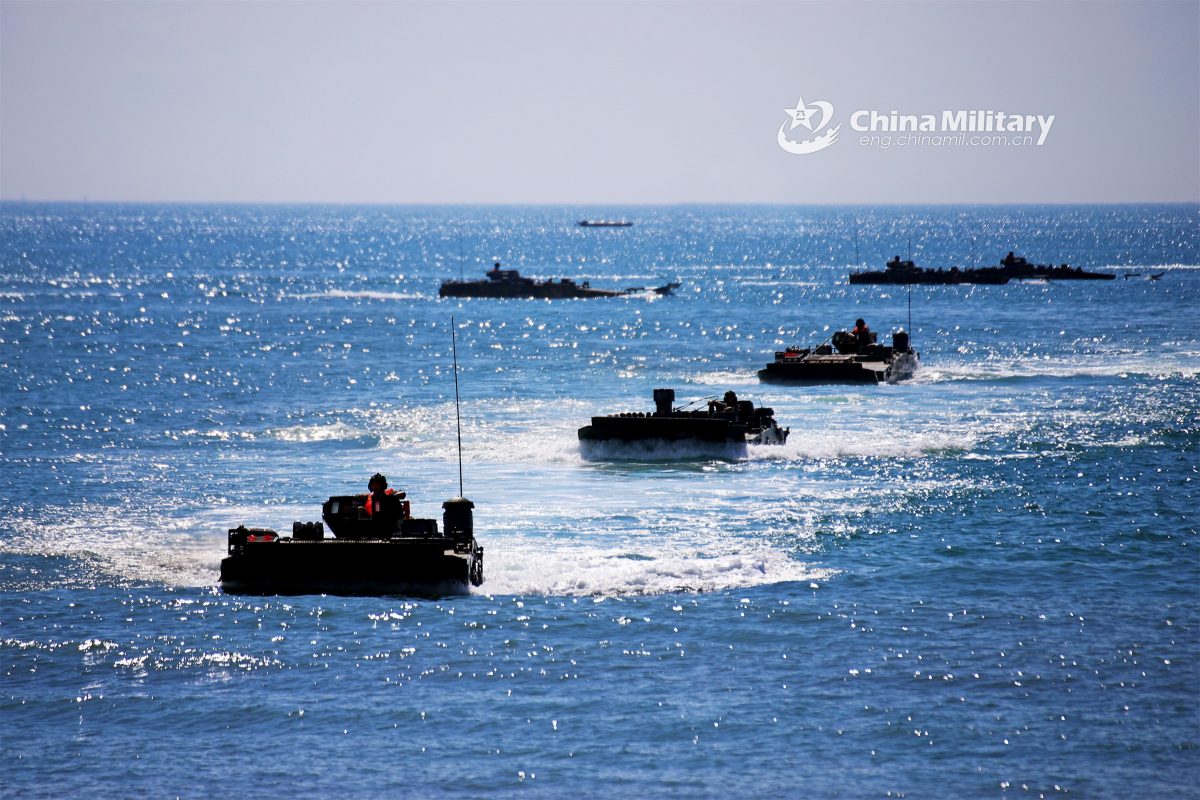China increased its defense spending for a record 28th consecutive year, according to the newly released 2022 report from the Stockholm International Peace Research Institute (SIPRI). It is the longest, uninterrupted increase in military spending of any country in history. China’s public record military expenditure of $292 billion places it second in absolute terms, behind only that of the United States. There are differences in what that means. The US has extensive international responsibilities. Threats to the national security of the nation-state, in addition, validate its expenditures. China, in comparison, has spent its defense budget on building a military to act as an offensive force capable of threatening others. At the same time, Beijing refuses to take on the cost of global responsibilities and boldly defies the norms that stabilize the international world order. Beijing has never publicly declared the size of its nuclear arsenal. DOD says that China accounts for 13 percent of world military expenditure, followed by Russia, India, Saudi Arabia, and the UK. Collectively those nations only account for an additional 3 percent of global spending.
China maintains a large nuclear force, according to the SPRI report, with over 410 missiles in its stockpile. This is an increase of 60 warheads over totals in the 2021 report. Only Russia and the US own more missiles. China’s inventory is expected to grow dramatically in the next few years. Beijing’s ICBMs are likely to surpass the numbers held individually by the US and Russia, according to Hans Kristensen and Matt Korda of SIPRI. DOD, in its report to the US Congress estimated that by 2035 China is expected to field approximately 1,500 warheads given an adequate availability of processed plutonium and a similar force posture. The numbers are derived from the Chinese State Council’s publication, “China’s National Defense in the New Era” that explains China’s military doctrine.
While the baseline numbers are significant, it is also important to recognize the degree of change in China’s military posture. The country is building a number of new fields containing hundreds of silos, adding submarines that are a qualitative improvement over earlier series, and constructing new nuclear bombers. In January 2023, Kristensen and Corda reported that the northern silo fields were largely completed, with perimeter fencing, electrical and radio towers, and air defense systems in place. They are located deeper inside the communist state than any other known ICBM site, making them less vulnerable to long-range conventional strikes from abroad.
Although both China and India both maintain a no first use nuclear policy, the report points to DOD’s assessment that “China is implementing an ‘early warning counterstrike’ strategy—akin to a ‘launch-on-warning’ (LOW) posture—using ground- and space-based sensors to enable rapid launch of missiles before an adversary can destroy them.” The SIPRI report also suggests that the PLAAF’s operational airborne nuclear capability was still “developing tactics and procedures to conduct the nuclear mission and noted that this capability gave China a ‘nascent nuclear triad.” China is still building new launchers, training crews, and improving the accuracy of its ICBMs. That does not mean China is unable or unwilling to use them in a conflict in the near future.
Despite strong evidence of China’s nuclear buildup, the result of a nuclear event is so horrific that some analysts in Washington say it will never occur. Others point to the high cost of developing and maintaining a strong nuclear posture and say that this suggests a nuclear conflagration is a realistic scenario within the next decade. Given that China already has more ICBM launchers than the US and President Xi Jinping publicly vowed to build a massive nuclear arsenal, provided assistance to Pakistan’s nuclear program, and engaged in cooperation with Iran, it is critical that the West pay attention to both the buildup and the political willpower in Beijing to use such weapons. The ideology of the Chinese Communist Party (CCP) asserts that the state and Party must survive above all concerns for individual lives. The CCP leadership also adheres to the belief that it is acceptable to lie to non-communists in defense of the Party. Hopefully, politicians in Washington are watching for signals and are not blinded by CCP promises that do not align with the ground truth. China is a dangerous state.
Daria Novak served in the U.S. State Dept.
Photo: Amphibious armored vehicles attached to an amphibious armored element of a brigade under the PLA 73rd Group Army conduct waterborne operations during a recent real-combat training exercise. (eng.chinamil.com.cn/Photo by Lai Kun)
